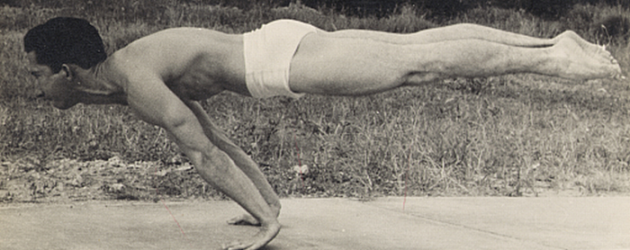movestrength
Level 4 Valued Member
I recently came across an article on the isometrics method and since I was recovering from the flu with freezing cold weather outside,
I tried it with the push up board and I really enjoyed the style of training.
I was also practicing it on the rings last summer when I was doing skill work training.
I choose three exercises per body part and focused on a slow eccentric followed by a 15 to 20 second hold at the bottom of each exercise.
I have also purchased the Isometrics training manual by Paul "Coach" Wade where he discusses the science of isometric training and how it can develop strength. He states that isometric training can be more effective at building strength due to the contractile tension and the time under tension rather than the fluctuations of tension that we do with dynamic training or hypertrophy sets.
What are your thoughts of both styles of training? Do you combine them both or only focus on one modality of training?
I tried it with the push up board and I really enjoyed the style of training.
I was also practicing it on the rings last summer when I was doing skill work training.
I choose three exercises per body part and focused on a slow eccentric followed by a 15 to 20 second hold at the bottom of each exercise.
I have also purchased the Isometrics training manual by Paul "Coach" Wade where he discusses the science of isometric training and how it can develop strength. He states that isometric training can be more effective at building strength due to the contractile tension and the time under tension rather than the fluctuations of tension that we do with dynamic training or hypertrophy sets.
What are your thoughts of both styles of training? Do you combine them both or only focus on one modality of training?

